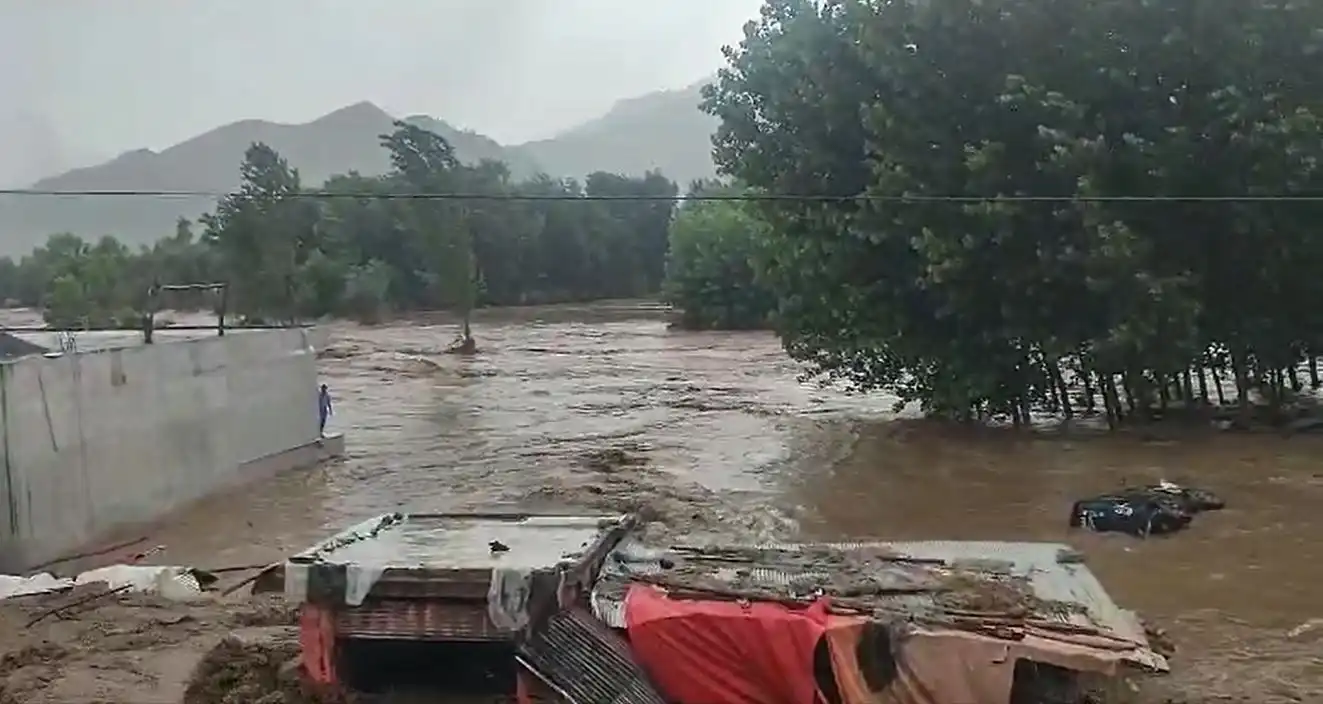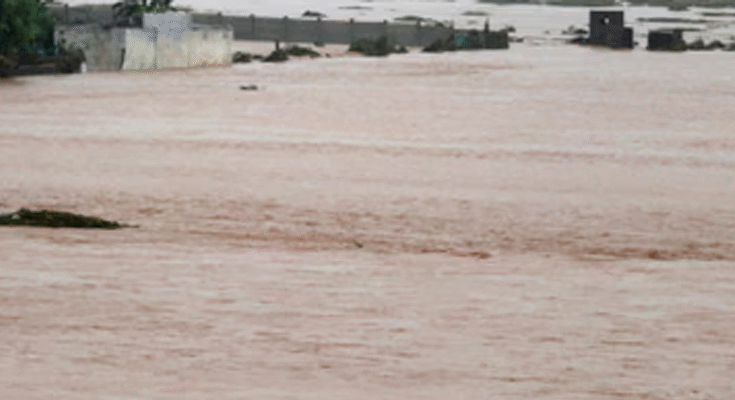Flash Floods Pakistan: What’s Happening Now, Why It’s Worse, and How to Stay Safe
Flash Floods Pakistan: What’s Happening Now, Why It’s Worse, and How to Stay Safe
Pakistan is reeling from a deadly surge of monsoon rains that unleashed catastrophic flash floods across the north—especially Khyber Pakhtunkhwa (KP). In just 48 hours, hundreds of lives were lost, entire villages were swept away, and key roads and bridges were cut off. This post pulls together the latest, verified updates from local and international sources to help you understand the scale of the disaster, why flash floods in Pakistan keep getting worse, and what you can do right now.

The Situation at a Glance
- Death toll: Reports from provincial and federal authorities indicate the toll in KP alone has crossed 300, with Buner district hit the hardest. International outlets put nationwide fatalities from this week’s deluge past 300, with search and recovery still ongoing. Reuters, Dawn
- Worst-hit areas: Buner, Bajaur, Swat, Shangla, Mansehra and adjoining mountainous districts saw deadly cloudbursts, landslides and wall-of-water flash floods that arrived within minutes. Reuters
- Rescue operations: Relief teams are evacuating stranded families and tourists, though efforts were hampered by terrain and a helicopter crash that killed five crew members during operations. Reuters, ABC
- Forecast: The Pakistan Meteorological Department (PMD) has warned of continuing heavy rain, thunderstorms and landslides risk in northern areas around the Independence Day weekend. PMD

What Caused This Week’s Disaster?
1) Intense monsoon bursts in steep terrain
Flash floods in Pakistan’s northern highlands are especially destructive because rain falls onto steep, narrow valleys. When a cloudburst hits, runoff turns into fast-moving torrents that sweep away homes built near streams and nullahs. Eyewitness accounts from Buner and Bajaur describe rivers of boulders and mud cutting through settlements. AP News, Reuters

2) Compounding risks: landslides and access
Heavy rain saturates fragile slopes, causing landslides that block roads just when ambulances and rescue vehicles are needed most. This week’s slides repeatedly stalled access in KP and Gilgit-Baltistan, complicating evacuations and relief. Dawn
3) Climate variability and exposure
Meteorologists and disaster officials stress that climate change is amplifying intense rain events, while rapid construction near waterways increases exposure. In short: more water in shorter bursts, and more people and assets in harm’s way. Reuters
The Numbers Behind “Flash Floods Pakistan”
While figures evolve quickly during disasters, these are the most consistent, on-record numbers as of August 17, 2025 (Asia/Karachi):
- KP fatalities: 300+ confirmed by provincial updates over the weekend, with Buner accounting for a disproportionately high share. Dawn
- National picture: Federal situation reports show 600+ deaths since June 26 across Pakistan from rain-related incidents. NDMA, Xinhua
- International corroboration: Reuters, AP, and Al Jazeera confirm 300+ deaths in the last two days, with evacuations continuing.

Why numbers differ: Provincial tallies (PDMA KP) focus on specific regions and can climb quickly as remote valleys are reached. National sitreps (NDMA) aggregate across provinces and update on fixed schedules. International reports typically cite the latest official line available at time of publication.
Field Notes From the Worst-Hit Districts
Buner: Villages experienced sudden, violent flows. Entire clusters of homes were obliterated; dozens remained missing for hours as rescuers dug through debris. Reuters
Bajaur & Swat: Fast-moving torrents and rockfall destroyed houses and access roads; funerals and mass burials took place as bodies were recovered. AP News
Gilgit-Baltistan & AJK: Authorities reported additional deaths, injuries and destruction of homes, along with bridges washed away and tourists stranded until roads cleared. Dawn
Staying Safe: Practical Steps for Residents and Travelers
Before heavy rain
- Know your local risk—plan uphill evacuation if near water channels.
- Monitor official alerts (PMD, NDMA, PDMA).
- Prepare a grab-bag with IDs, medicines, torch, and water.
During warnings or intense rain
- Move early; don’t wait for orders if water rises.
- Avoid crossings—never walk or drive through floodwater.
- Watch for landslides; leave immediately if slopes crack.
For tourists
PMD has issued travel advisories for northern routes and hill stations. Reassess plans, carry extra supplies, and keep fuel topped up.
Why “Flash Floods Pakistan” Keeps Trending Every Monsoon
- Urban sprawl in floodplains increases exposure.
- Blocked drainage channels intensify flash flooding.
- Extreme rainfall spikes are becoming more frequent. Reuters
How to Help (Responsibly)
- Donate to vetted organizations and NGOs with disaster credentials.
- Support KP Rescue 1122 and district administrations.
- Share verified info only (PMD, NDMA, PDMA).
Sources and Latest References
- Reuters: “More than 300 people dead in Pakistan after heavy rains, floods.”
- AP News: “Pakistan’s monsoon flooding death toll rises…”
- Al Jazeera: Flash floods and rising toll coverage.
- Dawn (Pakistan): Rolling coverage of KP tolls and GB/AJK impacts.
- NDMA Sitrep 51–52 (Government of Pakistan).
- PMD forecasts and advisories.
- ABC News (Australia): Rescue helicopter crash coverage.
Final Word
“Flash floods Pakistan” isn’t just a trending headline—it’s a stark, recurring reality. The combination of intense rain, fragile slopes, and building in harm’s way creates deadly conditions that can unfold in minutes. Keep an eye on PMD forecasts and NDMA/PDMA advisories, prepare your family’s emergency plan, and support credible relief work. Lives depend on the choices we make before the next cloudburst arrives.





.png)
Post a Comment